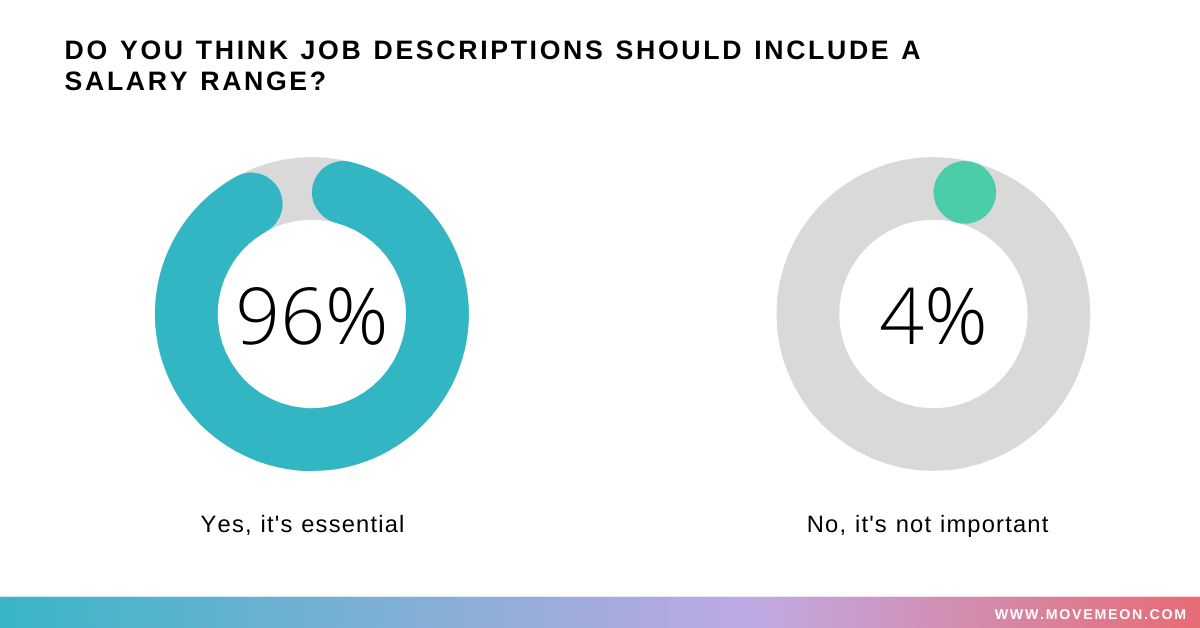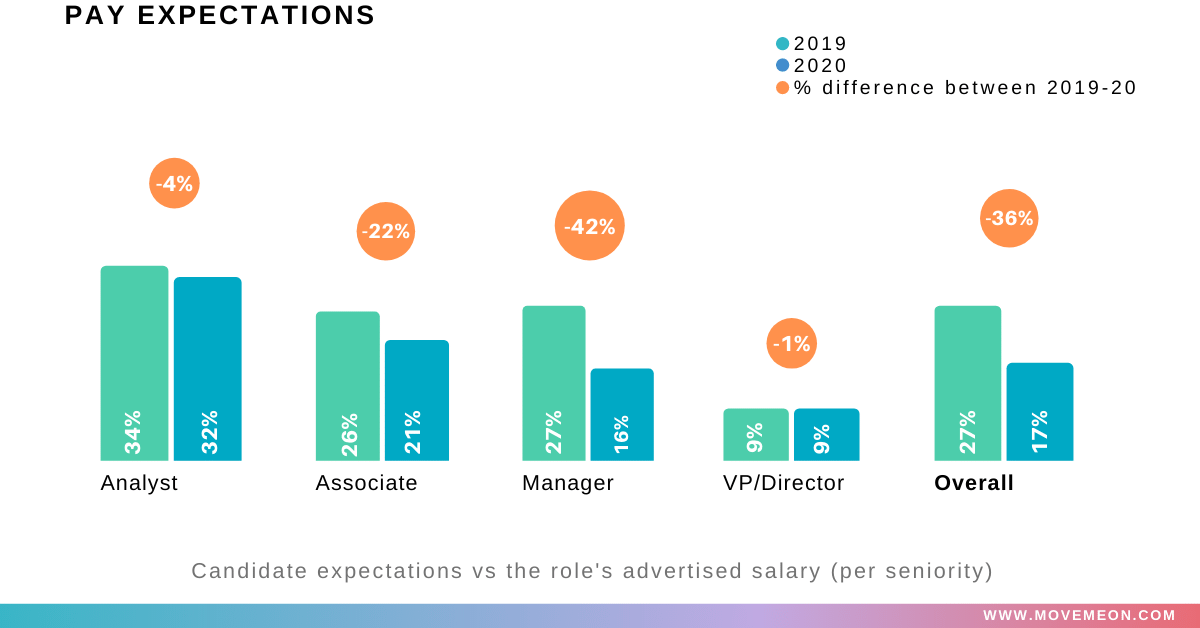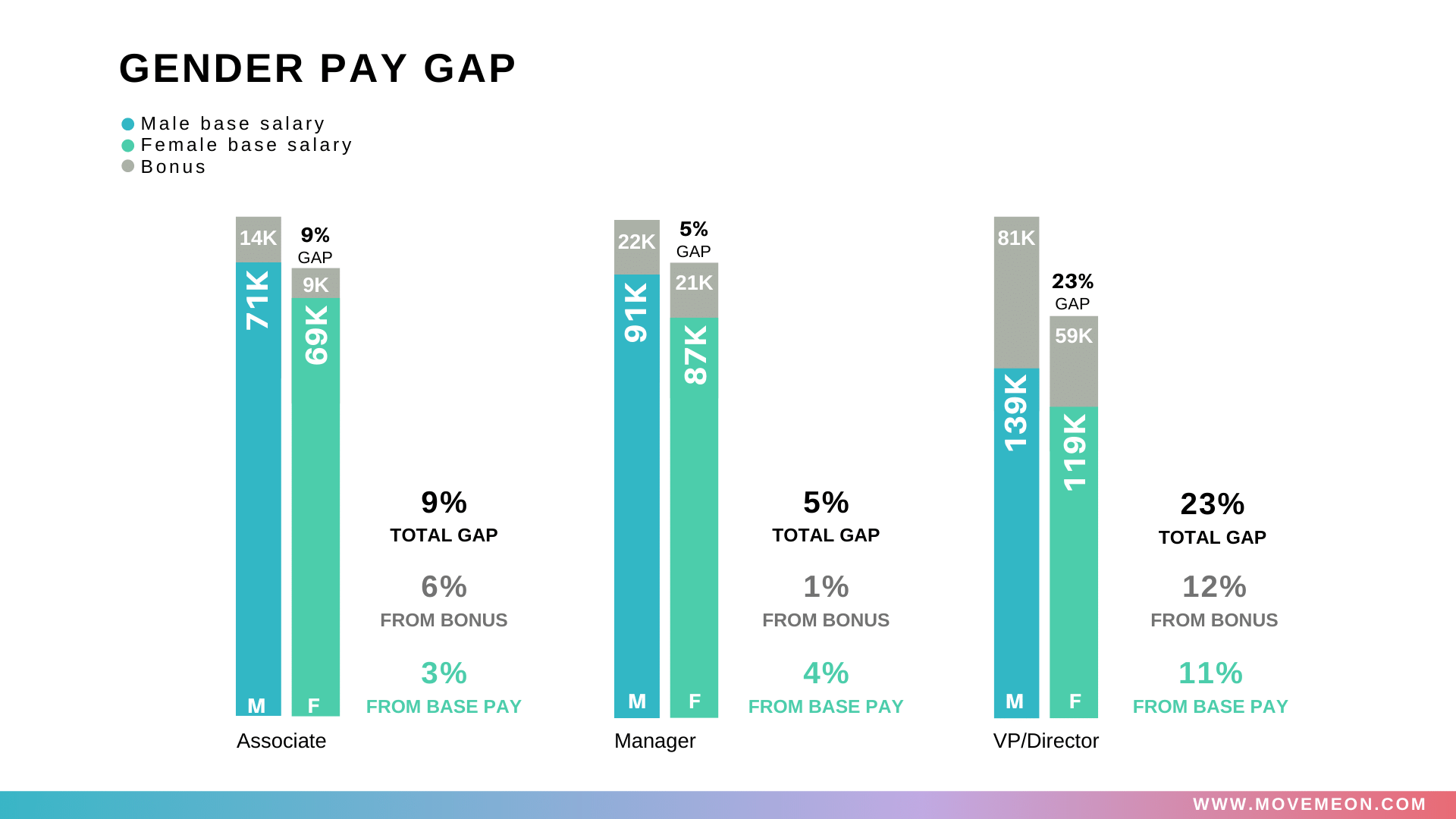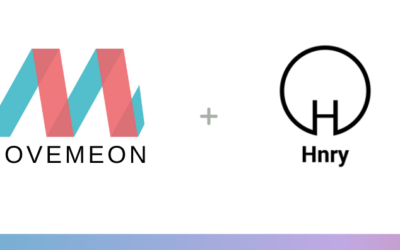We asked our followers on LinkedIn if they thought job descriptions should include a salary range and an overwhelming majority thought it was an essential feature of a job description.

There are many reasons that might make you think that including a salary range in a job description is not a great idea – maybe you’re afraid to not attract as many talents, maybe you’re concerned about your current employees’ opinions if pay become too transparent, or maybe you’re just unsure of the seniority you need for the position you’re hiring. In this article, we’ll talk you through each of these concerns and show you why they might very well be unfounded.
“I want to attract top talents, and a salary range might reduce the pool of candidates”
It feels natural to think that by listing a salary as ‘competitive’ you will attract a wide range of candidates, but when an employer doesn’t communicate on pay people automatically assume that this company is trying to save money and underpay its employees. So in wanting to attract more candidates, you will actually lose out on talents.
Compensation is the most important thing to consider when switching jobs for obvious reasons, and many people look for another position in order to make a little more money. A study from Paychex found that a low salary was the top reason that drove people to leave their current role; so most prospective applicants won’t apply to a company if they think that they’re underpaying their employees. As we found in our Work and Pay report, there is always a gap between a candidate’s expectations and what a company is willing to offer. However this gap decreases with seniority. Also worth noting that the differential between candidate and employer expectations is greatest for startups at 23%.

Yet you might still be afraid to miss out on top talent if they think you’re not paying enough – and you’re definitely willing to pay more for the right candidate. But as you can see, it’s precisely by not displaying a salary that you achieve to not attract top talent and reducing considerably your pool of applicants. So you won’t be able to attract the right person if you don’t display the salary you’re willing to pay for a great talent. If you’re willing to pay more then show that in the salary range you include in your job description. If you’re only willing to pay more applicants who will ask for a higher salary than the one stated on a job description, then you will tend to exclude minorities and women. If you really can’t afford to pay someone more, then you probably don’t want to spend time interviewing a candidate who is too expensive and who would not accept the offer anyway.
“I want to make my hiring process more diverse, so I don’t want the salary range to prevent great candidates from applying”
We know that people from under-represented backgrounds and women are paid less than their white male counterparts. The pay gap has been studied and shown many times – including in our Work and Pay report, which show that the gender pay gap persists at 25%, and was even higher in 2020 than in the previous year.

With that in mind you might be afraid that by displaying a generous salary, some people might automatically assume they are not right for the role – although they would be and you would be very glad to interview them. However, in this Sifted article, founder Bailey Kursar explains the mechanism through which the pay gap persists, which includes displaying a salary band on a job description. She argues that if an employer asks her about her current salary, it’s likely she will be offered a very similar compensation, therefore not reducing the pay gap she was already experiencing. If she’s asked about her salary expectations, she is likely to underestimate her own worth because she never sees job descriptions telling her what salary she should expect, added to the fact that women expect to earn less than men. So displaying a salary band can help applicants know their worth and if you want to attract more people from underrepresented backgrounds, you can always add a paragraph welcoming anyone to apply, even if they feel that they might think they’re not qualified enough as the pay might suggest to them.
“I don’t want my current employees to know how much the new joiner will be paid”
The first question to ask yourself might be ‘why don’t you want current employees to know?’, and explore the benefits pay transparency can bring to your company. You can take the example of companies like Buffer who’ve made their employees’ compensation public, which made them a lot more attractive to many candidates and received more job applications than prior to making compensation data public.
However, this is a radical and extreme move that’s absolutely not necessary for you to do. We know that many employers’ reason for not wanting employees to know their colleagues’ salary is because they’re afraid of sparking jealousy amongst co-workers. But in reality, a more transparent pay structure can stamp out unconscious bias going into compensation and so there wouldn’t be much frustration for current employees as the process would appear fair and objective.
Most importantly, pay transparency is the best way to fight pay gaps within your company because everyone will have the tools to objectively understand how much value they bring to the business and feel more confident asking for it to be represented in their pay check. The most important thing you need to do as an employer or hiring manager is to make sure you clearly communicate about the pay structure in your company – explain how pay is determined within company progression, which can also prevent you from sharing actual figures.
“I don’t even know which seniority level I’m really looking for, let alone what I would pay them”
If you’re a start-up founder and you’re building up your team, it might be difficult to know what level of seniority you would need for your team, and so what pay to offer. One solution can be to publish two job descriptions with two salary bands, as you start seeing what kind of profile applicants have and you interview some of them from both levels, you will naturally understand what level of experience you will need for the role.
Make sure that the salaries you’re offering reflect current market rates and that the pay structure (base vs. bonus vs. equity) is, in fact, competitive. Get real-world data and find out what other companies of a comparable size and in a comparable industry pay for a similar role. If you’re a startup/scaleup in the UK, you have to look no further than to our sister company, Payspective, for the deepest and most recent dataset around pay & diversity. Pay is an integral part to attracting and retaining top talent – so make sure you take advantage of all the data out there to decisions on pay right..
Our Advice
- Be transparent. If you have a range of profiles or seniorities that could potentially fit the bill, then display a big range and explain the situation. Don’t be afraid to state an upper range if you’re willing to pay more for the ‘right person’, they won’t apply if they don’t know the details.
- Sell yourself. Show the other elements of compensation that come with the position, and explain what they are worth e.g, bonus, equity, etc. You can also include other benefits such as diversity or female ration, wfh flexibility – anything that adds value to your workplace.
- Do some research. Make sure you have all the data and know the market rates to make good decisions on pay, using benchmarking tools like Payspective.
- Think ahead. Make candidates see themselves grow within the company by mentioning career and compensation progression, including how often it is reviewed.



